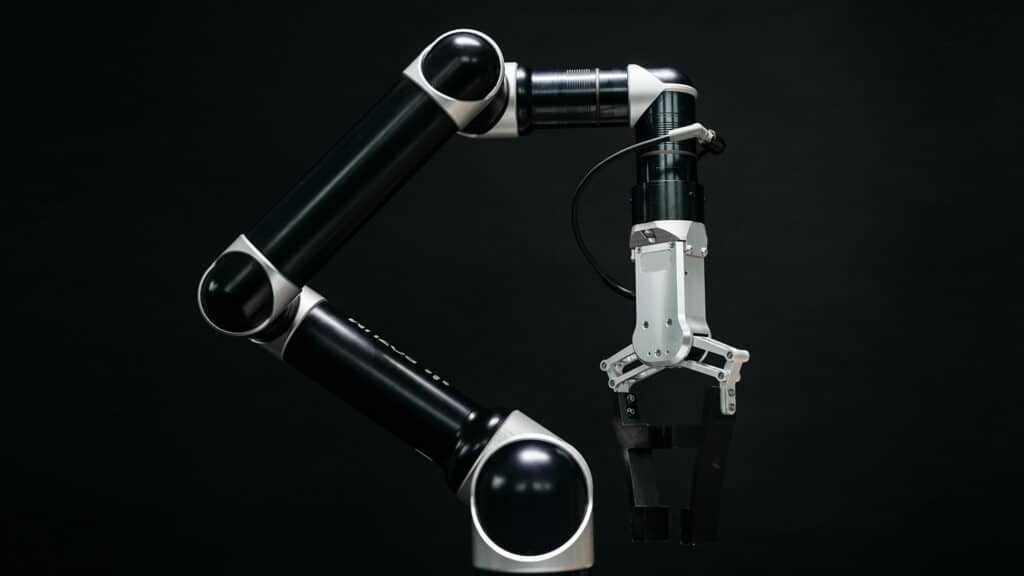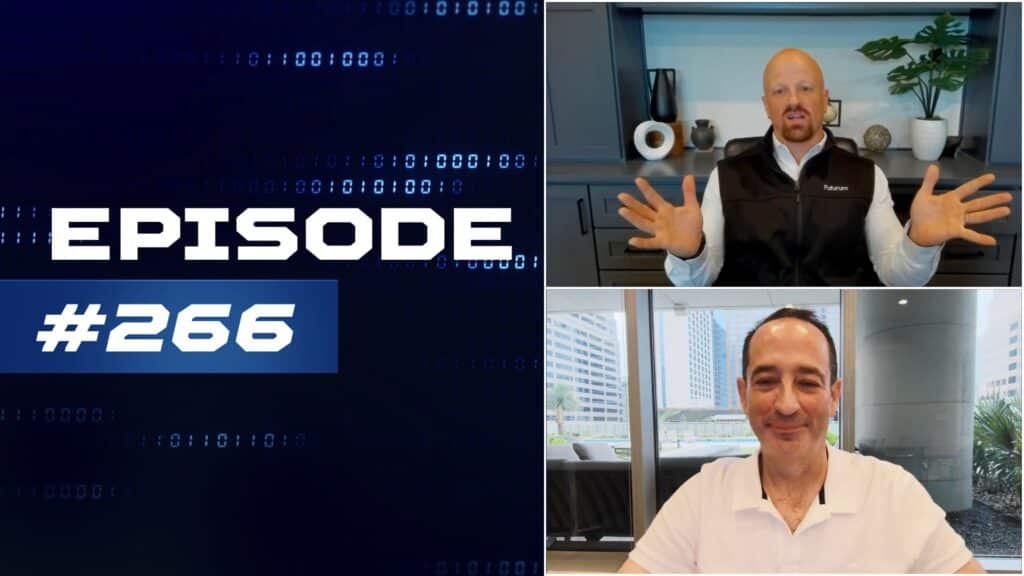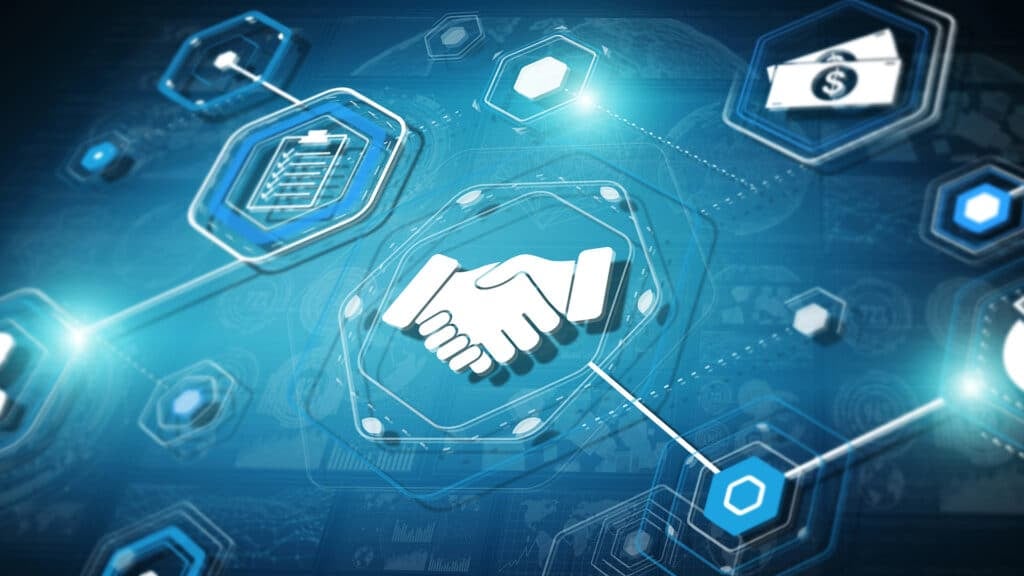The Six Five Team discusses Intel Innovation 2023.
If you are interested in watching the full episode you can check it out here.
Disclaimer: The Six Five Webcast is for information and entertainment purposes only. Over the course of this webcast, we may talk about companies that are publicly traded and we may even reference that fact and their equity share price, but please do not take anything that we say as a recommendation about what you should do with your investment dollars. We are not investment advisors and we ask that you do not treat us as such.
Transcript:
Patrick Moorhead: Yeah, so Intel Innovation, we spent about a day and a half there meeting with executives, going to keynotes and of course knocking out seven onsite videos. So I always like a combination of thought leadership and product launches and having run thought leadership at a certain chip company, I can appreciate good stuff and stuff that’s not good. And I really appreciated that CEO Pat Gelsinger started off with this notion of the sil-economy defined as an evolving economy enabled by the magic of silicon or semis are essential to maintaining and enabling modern economies.
And it’s funny, he could have done this two years ago when we were not shipping $100,000 cars because of a 5 cent chip, but right now front and center with the lack of ability for NVIDIA to be able to ship silicon. But his macro point was how it makes economies and it builds culture in a way that oil used to before.
So I really like that. Some of the biggest announcements, an Intel developer cloud, essentially the unique part of this is whether it’s CPU, GPU, NPU or even an FPGA using a similar set of APIs and developer tools to do what you want. And that’s to accelerate, to my surprise, it’s not just for developer, but you can actually run. In fact, we interviewed two customers that were running production workloads on that.
Pat also coined the term AIPC at the event. He did allude to it in his previous earnings, but he showed not only benchmarks with what he called the VPU, which is a discreet solution, but he also gave a flash the next generation actually two generations of silicon where he was running Stable Diffusion music generation. So this is going to heat up with Qualcomm leaning into this and Intel leaning into this and AMD leaning into this I think, and Microsoft as we saw something big could happen and this could mean a rebirth or another mega cycle in PC upgrades.
I’ll leave you some oxygen here. Final thing that came on my radar is Intel’s fifth generation Sierra Forest demo, which comes out in 2024. They had originally said it was 144 core solution in one part, it’s actually 288. That’s the old intel that I know and didn’t always love when I was competing with them or even their customer, but that’s a classic Intel move.
Daniel Newman: Look, it’s twins.
Patrick Moorhead: No, exactly. Exactly. And what’s the one thing that Intel’s CEO Pat G brought on The Six Five was that, he loved that. Absolutely.
Daniel Newman: How about the glass substrate? That was pretty fun.
Patrick Moorhead: I was going to leave that for you, but I’ll follow up with, I do have to do research on this 288 core deal. I need to know the power. I need to know the bandwidth. If you can’t feed the cores with the memory, it’s not necessarily going to be doing what you want to do. And wow, it does include hyperthreading too. So 288 cores, 576 threads. I think most of the cloud folks will turn hyperthreading off for QOS, but it’s there if you’re looking for a beast.
Daniel Newman: Yeah, I’m going to take a little bit of a different lens here. The innovation event is a developer event and it’s focused on making that connection. Now if you’re following the AI era, what you realize is, Pat and I love to say you can’t … silicon or semiconductors will eat the world or rule the world or whichever way we want to say it. And that’s because you can’t run software on air.
And the reason developers show up at silicon events is because they understand they can’t actually develop software if they don’t have the memory, the cores, thread, all the things that Pat loves to talk about. Pat G and Pat M actually, both Big P and little P, you both love talking about this stuff.
And my point is you kind of go, why are developers at a Silicon conference? Well, same thing with NVIDIA. NVIDIA has been able to change the sort of perception of the company by saying, “We’re not a silicon company, we’re a software company.” And in many ways Intel is very, very actively trying to change that same perception, whether that’s its developer cloud where it’s been partnering. Pat, we talked to some really interesting companies that are building and developing with Intel next generation AI-focused apps. And Intel’s been able to really start to talk about with its strategy around OneAPI, OpenVINO, it’s building software tools that are going to, as this AI era proliferates, give flexibility and optionality to the developer community. And this is something that has been heavily debated. The reason the market doesn’t believe companies like AMD and Intel will make a dent in the AI world is that everyone always talks about something called CUDA locket.
It’s the NVIDIA proprietary software ecosystem that people are developing for AI. But the truth is we’re starting to see companies, companies going on stage, they fabletics and other companies that are basically committing long-term to building on Intel silicon.
The other thing too is that we are seeing this kind of shift where people I think are starting to see that when all this training bonanza comes to the foregone conclusion, and it will happen. I don’t know if it’s 4, 6, 8 quarters into the future, but I promise you this unbelievable growth rate on these high-end GPUs will slow at some point when all these large hyperscalers have deployed their required infrastructure to train their large and mid-size models. It’s not going to end. It’s going to slow. And then what ends up happening though is a lot of this compute shifts to these other architectures that Pat Gelsinger talked a lot about here.
Intel is not yet able to compete at the high end of discreet GPU with what NVIDIA is doing, but with its A6, with Gaudi 2, with some of its Xeon core processing for inference on databases and whatnot, which something they’ve talked about for a long time. A lot of the inferencing is what’s going to come out of all this training. So all these apps that we want to run on the edge or these AIPCs, it’s going to be NPU driven, it’s going to be core CPU driven, it’s going to be for data center applications. It’s going to be driven by traditional core Xeon and Intel has a big role to play there.
And so you kind of see the cycling of everything runs on silicon and the developers want to build apps that are going to be usable and you start to see where their role is to play. Now again, this doesn’t mean they’re going to grab massive market share in the big data center GPUs the minute they roll one out, but what it means is they’re trying to make software easier. They’re trying to give developers a playground with their cloud developer ecosystem and they’re trying to drive more development on Intel silicon, which in the end is going to require more utilization and purchasing of silicon, which is a long game.
But Intel did show to me, Pat, that they’re very much in the AI game. They have a story that’s continuing to proliferate, their five in four is very much close to being in line, which is something you and I both said adamantly is going to have to happen. And so it was a strong overall showing from the company. The next few quarters there’s a lot of work to be done and that continued ability to meet the expectations, but the fact that developers are there, developers are hungry to build AI on Intel is a good sign for Intel’s longer road ahead.
Author Information
Daniel is the CEO of The Futurum Group. Living his life at the intersection of people and technology, Daniel works with the world’s largest technology brands exploring Digital Transformation and how it is influencing the enterprise.
From the leading edge of AI to global technology policy, Daniel makes the connections between business, people and tech that are required for companies to benefit most from their technology investments. Daniel is a top 5 globally ranked industry analyst and his ideas are regularly cited or shared in television appearances by CNBC, Bloomberg, Wall Street Journal and hundreds of other sites around the world.
A 7x Best-Selling Author including his most recent book “Human/Machine.” Daniel is also a Forbes and MarketWatch (Dow Jones) contributor.
An MBA and Former Graduate Adjunct Faculty, Daniel is an Austin Texas transplant after 40 years in Chicago. His speaking takes him around the world each year as he shares his vision of the role technology will play in our future.





